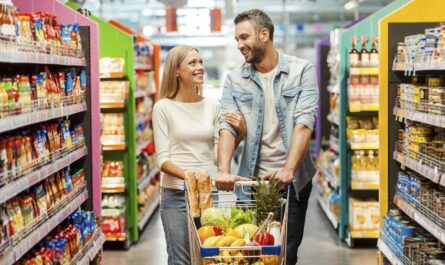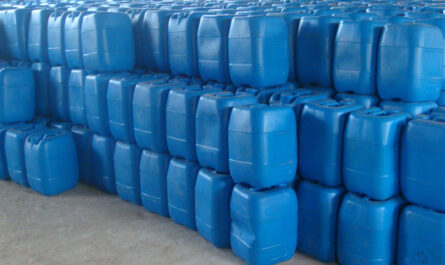It allows for the safe transport of food over long distances and helps prevent wastage. As population growth puts more pressure on food supply chains, innovative packaging solutions are helping address sustainability challenges.
Advancements in Material Science
Materials scientists are developing new materials that help reduce the environmental impact of packaging. Bioplastics made from renewable plant-based sources like potato and corn starch are growing in popularity. Some bioplastics even biodegrade faster than traditional plastics. Novel materials like Xylan, a fiber similar to cellulose extracted from plant cell walls, show promise as a sustainable alternative to plastic. Advanced research in materials like these can lead to packaging solutions that produce less waste.
Intelligent and Active Packaging
New intelligent packaging technologies allow for monitoring of food quality parameters like temperature, moisture and microbial growth. Time-temperature indicators, gas flush systems and antimicrobial coatings help ensure food safety right up to the point of consumption. Active packaging incorporates ingredients within the package headspace or the packaging material itself that prolong shelf life. Oxygen scavengers and ethylene absorbers are some examples of active ingredients used. Such innovations help reduce global food losses.
Improved Package Design
Advances in computer-aided design tools allow engineers to streamline package sizes, shapes and construction methods. Lightweighting techniques minimize material usage while maintaining protective functions. Developments like easy-open or peelable lids reduce waste from hard-to-open packaging. Composite and flexible packages made of multiple materials maximize payload-to-package ratios. Morphic or transformable packaging takes up less space during storage and transportation before transforming at the point of use. Design optimization in this manner cuts down on excess material consumption.
Sustainable Packaging for Food Delivery
Rise of online food delivery created demand for environment-friendly packaging solutions for takeout and ready meals. Compostable and recyclable paper-based containers and clamshells provide a greener alternative to Styrofoam. Some restaurants opted for fully compostable and BPA-free fiber-based Food Containers, lids and cutlery that decompose quickly. Reusable packaging models where consumers return insulated bags and shipping containers for refilling or reshipment further reduce single-use waste. Collaboration between packaging, foodservice industries and policymakers can accelerate adoption of such sustainable models.
Digital Technologies and Circular Economy
Advanced tracking through technologies like RFID, blockchain and digital watermarking enable traceability of packaging through complex supply chains. This helps enable circular business models where packages are designed for multiple trips. Refillable and returnable packages with digital passports that follow the package through its life cycles promote reuse. Companies partner to collect, sort and remanufacture used packaging into new products closing the loop. Combined with incentives for returned packages, such systems can boost recycling rates and transition packaging from linear ‘cradle-to-grave’ model to more sustainable circular economy approach.
Regulations and Standards for Sustainability
Stringent regulations on plastics and packaging waste management provide the necessary push for industries to invest in eco-friendly solutions. Standards like ASTM D6400 in US and EN 13432 in Europe set specifications for compostable plastics to ensure that labeled products truly biodegrade. Mandating certain percentage of recycled content in packages and restrictions on non-recyclable or toxic materials steer industries towards more sustainable designs compliant with a circular economy. When designed in alignment with such standards and regulations, packaging plays its role as an enabler of more sustainable food systems.
With populations projected to reach 9 billion by 2050, sustainable consumption will be key to meeting global food needs. Innovations that optimize packaging to maximize food availability while minimizing environmental footprint deserves continued investment and support. Advancement in material science, intelligent technologies, design optimization, coupled with digital traceability and circular business models point to an exciting future. Food packaging is evolving from a problem of waste to become an essential part of the solution for a sustainable future.
*Note:
1.Source: Coherent Market Insights, Public sources, Desk research
2.We have leveraged AI tools to mine information and compile it
About Author - Ravina Pandya
Ravina Pandya,a content writer, has a strong foothold in the market research industry. She specializes in writing well-researched articles from different industries, including food and beverages, information and technology, healthcare, chemicals and materials, etc. With an MBA in E-commerce, she has expertise in SEO-optimized content that resonates with industry professionals. LinkedIn Profile


 by
by 


